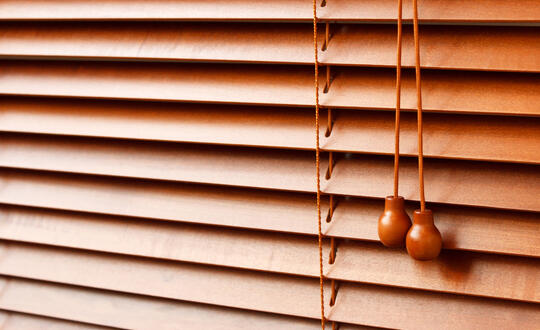Window Shade Bracket Design is Not Protectable Trade Dress
Apr 01 2024
The U.S. District Court for the Southern District of New York recently held that window shade systems designed for hiding wires in a power shade system and described as “clean” and “seamless” were not entitled to trade dress protection. The court described such attributes as “abstractions”, despite acknowledging the “high quality” and “clever” nature of the brackets.
According to the court, the designer of the shades provided vague descriptions of generalized types of appearance given by the brackets when installed. The designer’s own witnesses made clear that the key elements distinguishing the subject brackets from the many shading systems on the market were “worthy features” related to quality—e.g., use of brushed metal, precision milling, craftsmanship and durability, and perception of value.
However, the look and feel—i.e., trade dress—of the product did not, according to the court, set the subject brackets apart from the number of competing shades the parties submitted. The court described all the competing shades as “remarkably similar unless one is standing practically on top of them.” Importantly, the court noted that standing practically on top of them is not how they would be viewed in the real world.
Regarding the brackets themselves, the court said the “brilliance” of the invention was not in the aesthetics of the brackets themselves or their quality, but the “unique” interior of the brackets in which wiring needed to operate an electronic shading system is hidden. While the designer “figured out how to hide the ugly parts without using caps,” and that is clearly part of the claimed trade dress, improving or refining what already exists on the market does not make it protectible trade dress.
Improving or refining what already exists on the market does not make it protectible trade dress.
Interestingly, this case arose in the Second Circuit. As we have previously reported, different courts apply different standards when it comes to considering evidence of copying in a trade dress infringement analysis. The Second Circuit applies a standard under which copying can raise a rebuttable presumption of consumer confusion. The court found that in this case, the presumption was rebutted. The court found no evidence that the defendant wanted members of the consuming public to think that it was selling the designer’s shades. Rather, the defendant wanted to sell a shade incorporating the “clever” features of the subject shades and did so without creating any brand confusion whatsoever.
This outcome is a reminder that improvements, refinements, and general ornamental appearances are unlikely to be protectible as trade dress in the absence of a “look and feel” that sets a design apart from others on the market. In any event, other forms of protection are available. Utility patents can protect functional improvements and design patents can protect a particular design within the range of designs on the market. Deciding what sort of protection(s) to pursue and/or enforce is an important decision in the intellectual property lifecycle and should not be made without an intimate understanding of the law and the relevant industry or market.